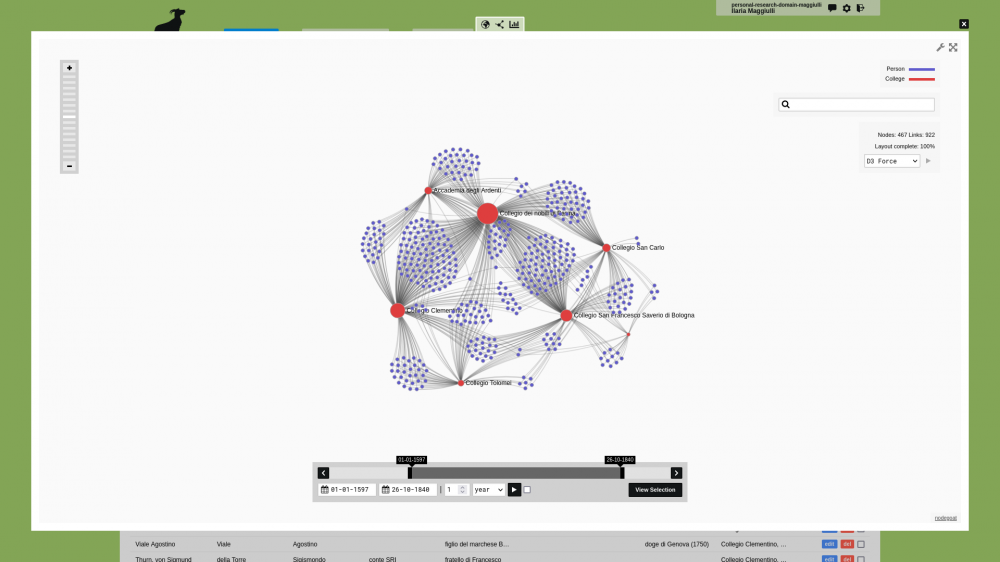Noble boarders in Early Modern Italy
CORE Admin
Ilaria Maggiulli, Università di Bologna The second half of the sixteenth century, following the Council of Trent, saw a growth in educational institutions. Various religious orders assumed the task of providing the youth with an education and, of course, the Jesuits proved the most successful. Among these new institutions, Colleges for Nobles were designed to train students enjoying a privileged social status, and prepare them to hold top positions in society, civil or ecclesiastical. These “seminaria nobilium” represented an educational option that more often than not was an alternative to university, particularly for the elder sons, who were expected to fill the ranks of the governing class and perpetuate the family lineage.
The database “Noble boarders in Early Modern Italy”, born out of a collaboration with the ASFE project dedicated to Italian universities’ students, aims at “filling the gaps” in the ASFE database. It currently collects the names of more than 15.000 boarders in 7 Italian “collegi per nobili” – Jesuits (Parma, Bologna, Ravenna, Siena) and not (Collegio Clementino in Rome, Collegio San Carlo in Modena, Accademia degli Ardenti in Bologna) – taken from printed and archival sources. Further information about these boarders (dates of birth/death, degree, career, portrait) are briefly mentioned, when known.
nodegoat offered me the opportunity to import my “old” database and improve it by providing different, appealing visualisations (geographical, social and chronological). Furthermore, it allows me to constantly add, correct or improve data.
Public User Interface: nodegoat.net/viewer.p/99
